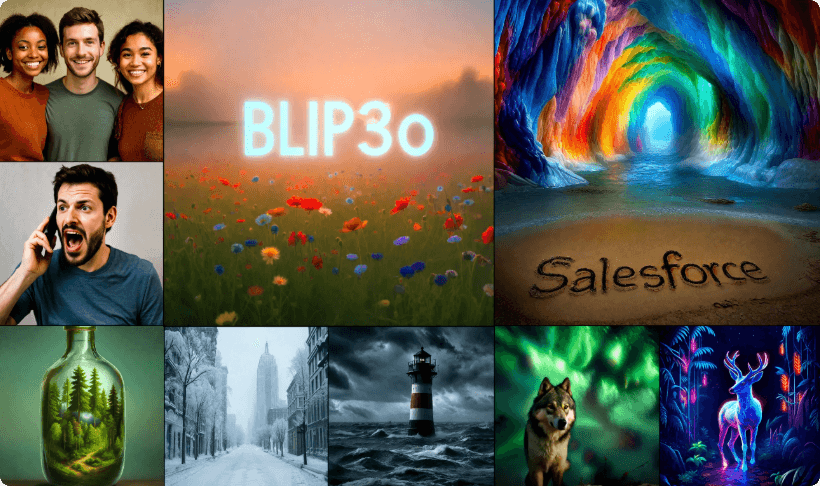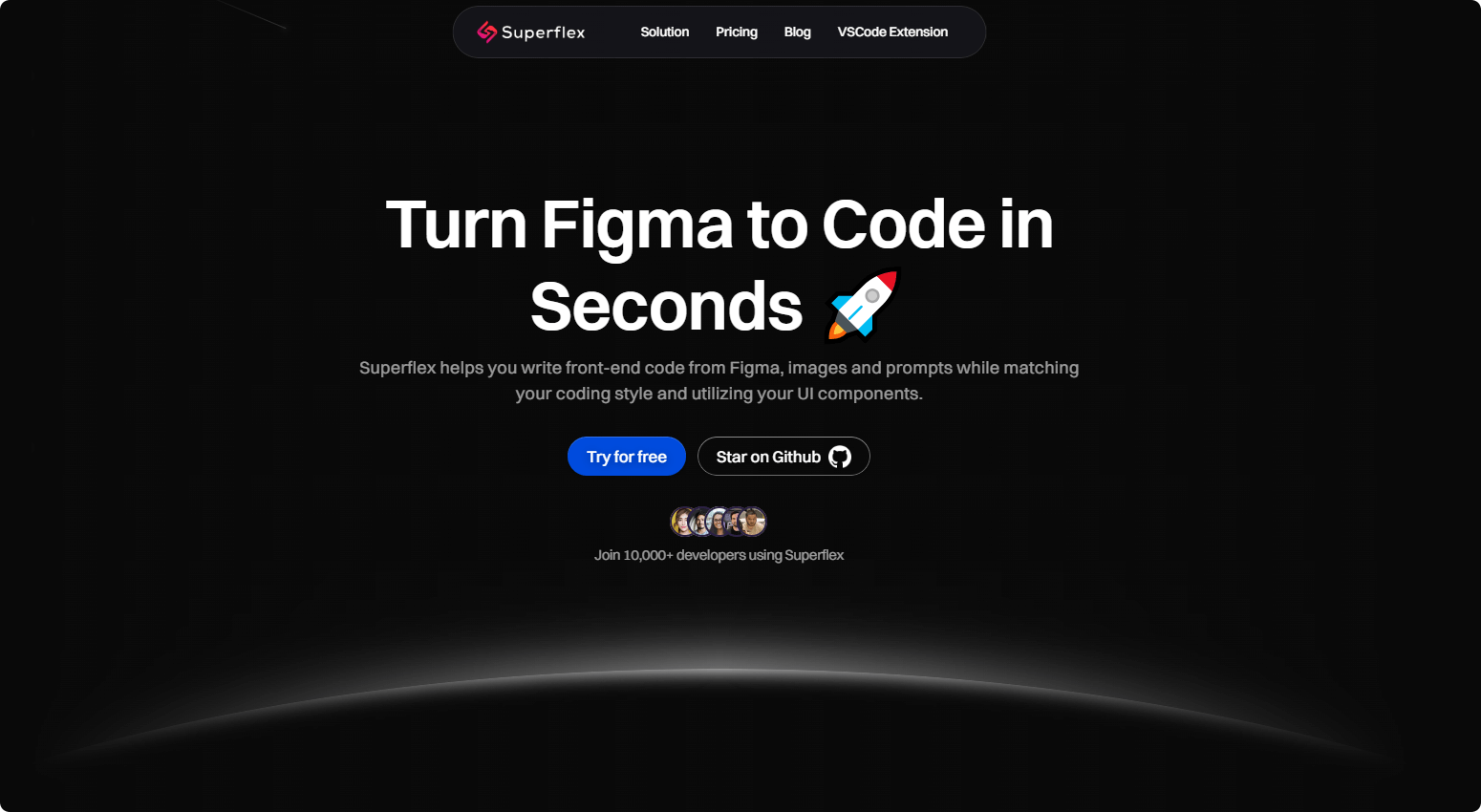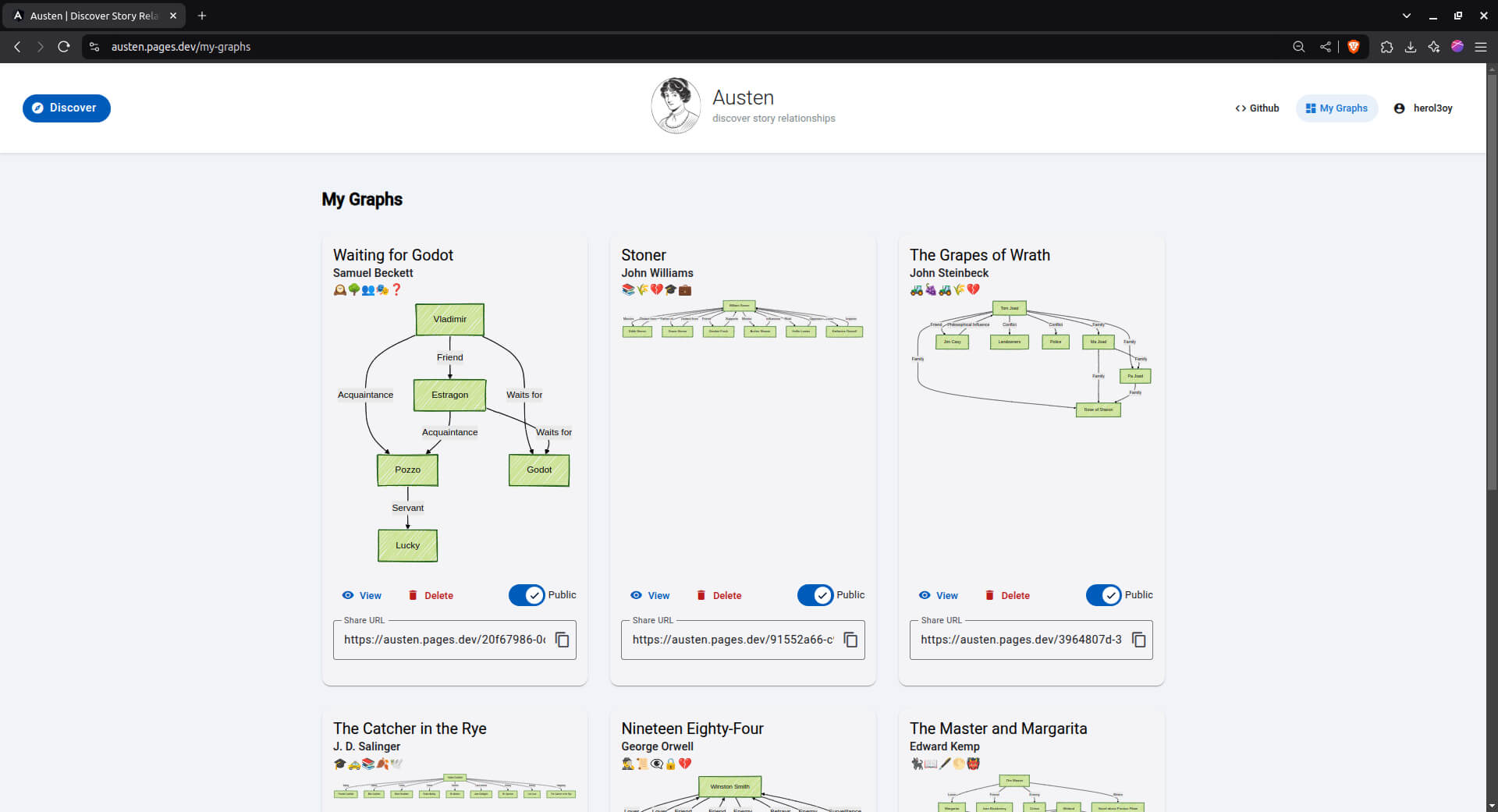BLIP3-o – A multimodal model introduced by institutions such as Salesforce Research
What is BLIP3-o?
BLIP3-o is an innovative multimodal model developed by Salesforce Research and collaborators. It combines the reasoning and instruction-following capabilities of autoregressive models with the powerful generative abilities of diffusion models. Rather than relying on traditional VAE features or raw pixels, BLIP3-o utilizes semantically rich CLIP image features derived from diffusion-based modeling, demonstrating excellent performance in both image understanding and generation tasks.
The model adopts a sequential pretraining strategy—first training on image understanding tasks, then on image generation—retaining strong comprehension capabilities while developing advanced generation skills. BLIP3-o achieves state-of-the-art results across multiple benchmarks for vision-language understanding and generation, and is fully open-source, including code, model weights, pretraining datasets, and instruction tuning data.

Key Features of BLIP3-o
-
Text-to-Text: Generates descriptive text based on visual context or prompts.
-
Image-to-Text: Understands images and produces descriptive text, supporting tasks like Visual Question Answering (VQA) and image classification.
-
Text-to-Image: Generates high-quality images from textual descriptions.
-
Image-to-Image: Edits and modifies input images to produce new visual outputs.
-
Mixed Training: Supports joint training for both image understanding and generation tasks to enhance overall performance.
Technical Principles of BLIP3-o
-
Integration of Autoregressive and Diffusion Models:
The autoregressive model generates intermediate visual features by capturing semantic information from textual prompts. These features are then used by the diffusion model to produce the final image. The diffusion process iteratively denoises inputs, resulting in high-quality, diverse image generation. -
CLIP Feature Diffusion:
BLIP3-o encodes images using CLIP to extract compact, semantically rich feature vectors, which are more informative than traditional VAE representations. The diffusion model learns to generate CLIP-like feature vectors corresponding to target images, enabling high-fidelity image synthesis. -
Sequential Pretraining Strategy:
The model is first pretrained on image understanding tasks to establish strong visual comprehension. Then, during the image generation phase, the autoregressive component is frozen, and only the diffusion model is trained, ensuring efficient and specialized learning. -
Flow Matching Loss Function:
The diffusion model is trained using a flow matching loss, which better captures the distribution of image features. This loss introduces controlled randomness, allowing the model to generate diverse and high-quality images instead of producing a single fixed output. -
Instruction-Tuning Dataset:
Using prompts generated by GPT-4o, the team created a dataset of 60,000 high-quality image-prompt pairs. This dataset is used to fine-tune the model for better instruction-following and visual aesthetic performance.
Project Links
-
GitHub Repository: https://github.com/JiuhaiChen/BLIP3o
-
HuggingFace Model Hub: https://huggingface.co/BLIP3o
-
arXiv Paper: https://arxiv.org/pdf/2505.09568
Application Scenarios for BLIP3-o
-
Image Generation and Editing: Generate or modify images based on text descriptions to support design and creative tasks.
-
Visual Question Answering (VQA): Understand image content and respond to related questions, useful for education and intelligent customer service.
-
Multimodal Dialogue: Enable conversations that combine image and text, enhancing interactive experiences.
-
Image Annotation and Classification: Automatically generate tags and classify images to streamline image management workflows.
-
Art and Creativity: Produce artistic visuals, inspire creative expression, and fulfill personalized aesthetic needs.
Related Posts




